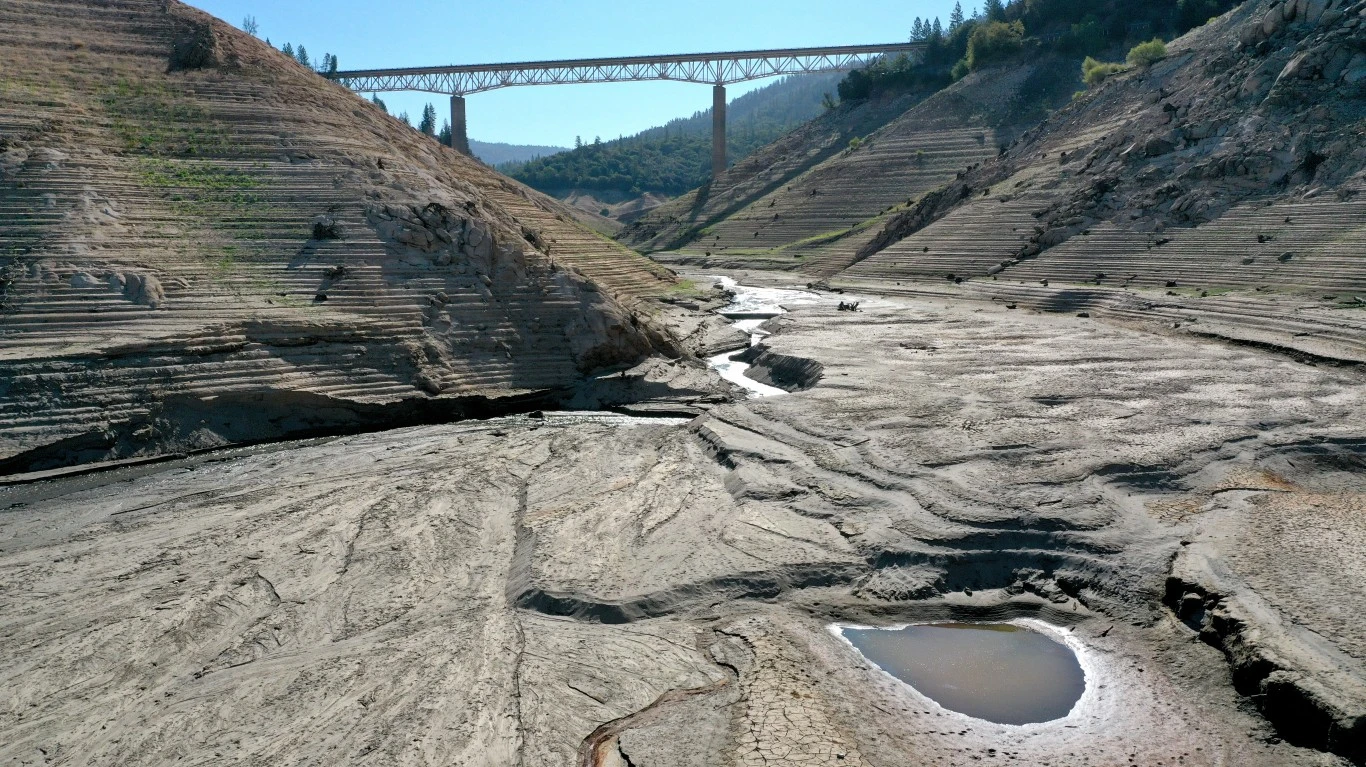
From withering droughts in the West to high winds and pounding hail storms in central states, to tornado outbreaks and other severe weather in the southeast, 2022 has been another year of costly weather disasters. So far this year, 38 states have been struck with regional weather events that inflicted at least a billion dollars’ worth of damage to public infrastructure and private property.
The consensus among climate scientists is that destructive weather events are likely to increase in frequency and strength as the planet grows warmer. They further agree that human activity, including industrial, agricultural, commercial, and personal activities, have generated greenhouse gas emissions that are the main driver of climate change. (Earth’s CO2 level rose every year since climate change became a national issue.)
Since U.S. weather officials began tracking weather events that have inflicted at least a billion dollars’ worth of damage in 1980, adjusted for inflation, they have tallied $2.28 trillion in total damages from such storms nationwide, including U.S. territories. But not all states carry the same burden, and the disasters are different from area to area.
To rank the 50 states based on the total damage from weather disasters, 24/7 Wall St. reviewed the (inflation-adjusted) billion-dollar disaster events that affected the United States between 1980 and 2022 from the National Oceanic and Atmospheric Administration. Disaster categories include drought, flooding, freeze, severe storm, tropical cyclone, wildfire, and winter storm. We included each state’s total population from the U.S. Census Bureau.
By far the costliest natural disasters nationwide have been tropical cyclones. Out of the $2.14 trillion in damages from weather disasters, almost half has been caused by major hurricanes, mostly from damages inflicted to coastal regions of Texas, Louisiana, and Florida, which are home to 17% of the country’s population. (Some of these were also among the deadliest billion dollar natural disasters in U.S. history.)
But the carnage of tropical cyclones does not end at these coastlines. Since 1980, hurricanes or their weakened, but still-potent, weather systems have inflicted at least a billion dollars’ worth of damage in states as far north as Vermont and New Hampshire. Eighteen U.S. states, most of them eastern states, have been struck by these major tropical cyclones, with damages running into the tens of billions in New York, New Jersey, Alabama, and Mississippi.
Hurricanes have also been major threats to the U.S. territories of Puerto Rico and the U.S. Virgin Islands, most recently from Hurricane Maria in September 2017. Out of these 18 states, only Hawaii has been relatively unscathed. The only weather event that cost the state more than a billion dollars was Hurricane Iniki in 1992.
After tropical cyclones, the second-most costly type of weather events are severe storms, which have inflicted $178.3 billion in damages in 13 states, mostly in the middle of the country, including Missouri, Illinois, and Oklahoma. Wildfires in five states, led by California, have cost $103 billion, while droughts have cost central, north-central, and northwestern states nearly $85 billion, largely from agricultural losses. Winter storms and flooding have inflicted $33.5 billion in damages in six states over this period of time, led by $22.6 billion from floods in Iowa.
Here are the states that have endured the most costly natural disasters since 1980.





